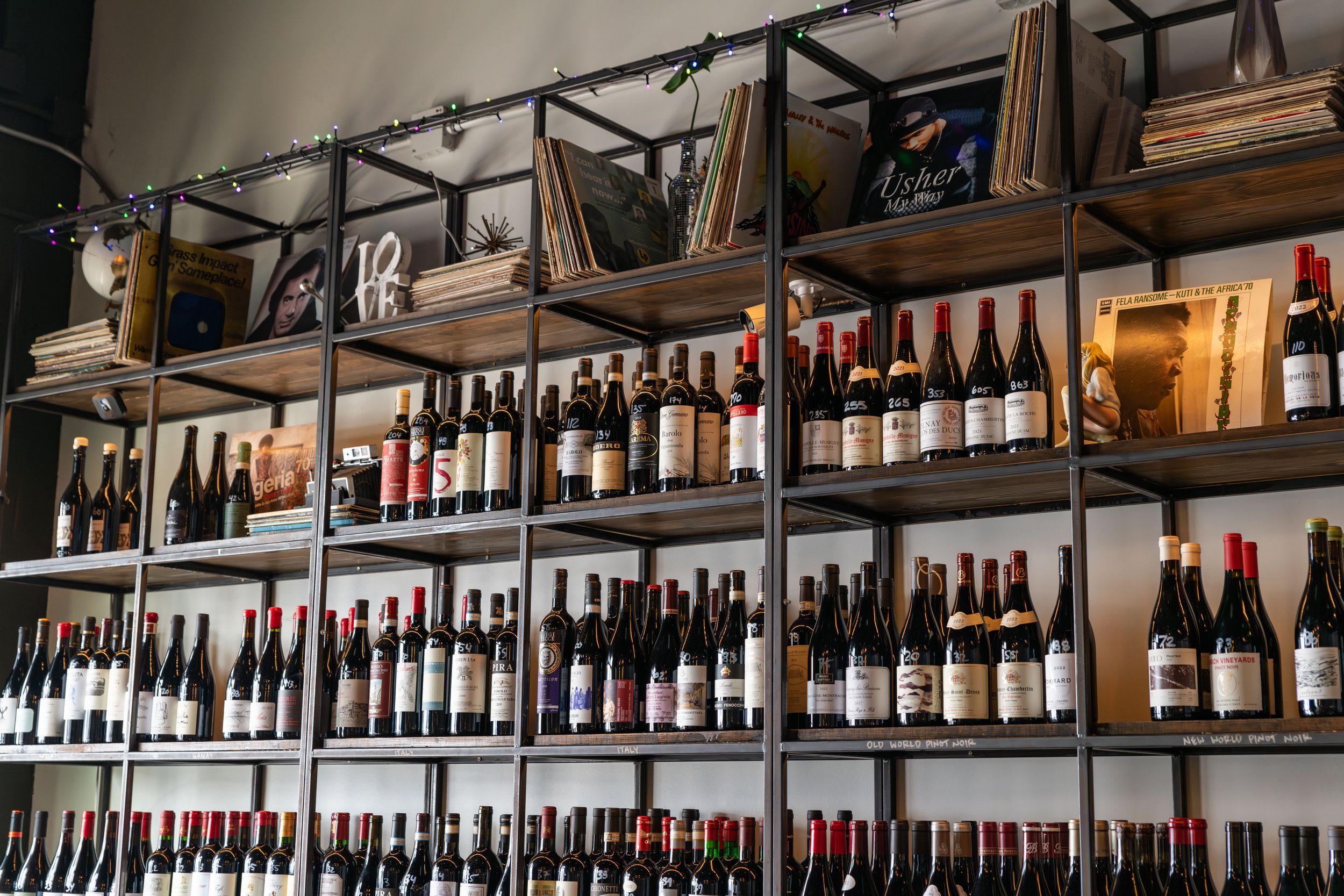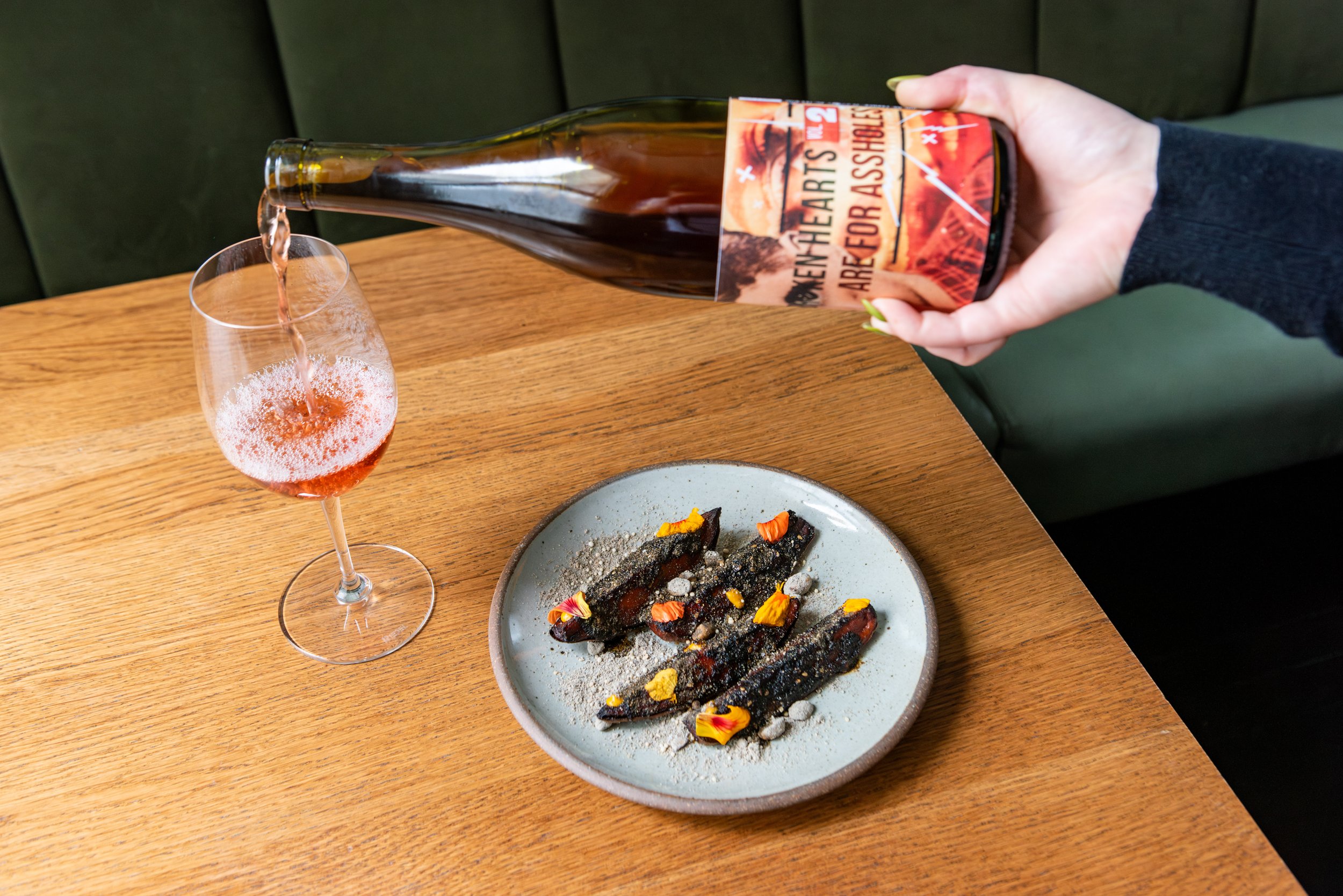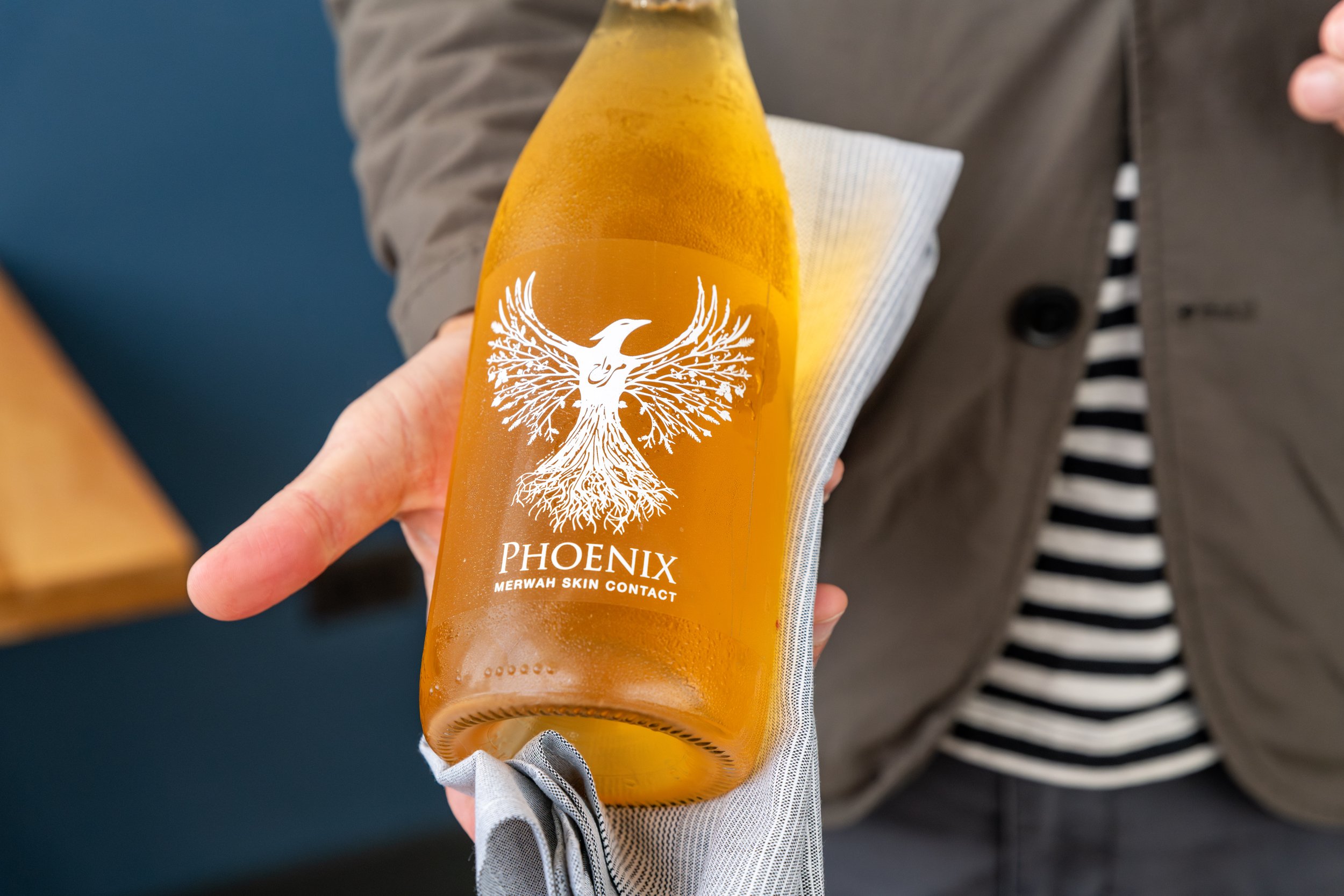Bring Out the Bubbly
Baltaire's Wine Director Matthew Arnall discusses the increase in popularity of Champagne since the COVID-19 pandemic.
illustration: Danie Drankwalter
The Champagne region has seen its share of turmoil through history, serving as a battlefield many times over. But somehow, the sparkling wine became the global symbol of happy days.
“Historically speaking, Champagne has always been closely associated with celebration, especially in the ‘hard’ times,” says Joonas Rokka, a professor at France’s Emlyon Business School who researches Champagne marketing and consumption.
He argues that Champagne truly took its place as a market phenomenon after World War I. “People were tired of the gloomy wartime and went to the clubs to dance and drink Champagne,” Rokka says.
As the pandemic presents a different kind of battlefield for producers, we’ve noticed many sommeliers doubling down on Champagne pairings. “We’re at war with this virus,” says Matthew Arnall, wine director at Baltaire. “We want people to pop Champagne, have fun, and enjoy life.”
For one of the restaurant’s most striking luxuries—a seafood tower of Maine lobster, Island Creek oysters, tiger shrimp, and Alaskan king crab, alongside golden osetra caviar service—Arnall of course beelined for the bubbly. He has a dream wine list at Baltaire, but during the pandemic, he chose a more affordable bottle: Demière-Ansiot Blanc de Blancs à Oger-Marne 2016.
“Decent Champagne can get expensive really fast,” Arnall says. “People who have been buying $1,000 wines probably made money during the pandemic. But the average consumer isn’t.”
A less expensive bottle (still wholesaling for $135, mind) can offer a frothy respite for those outside of Baltaire’s flushed Brentwood neighborhood. With its clean, crisp finish, the Blanc de Blancs pairing is, as Arnall says, “the epitome of what Champagne can be.”







Tips on building a wine list that works for everyone from Sommelier Thibaut Idenn of Alla Vita and Boka